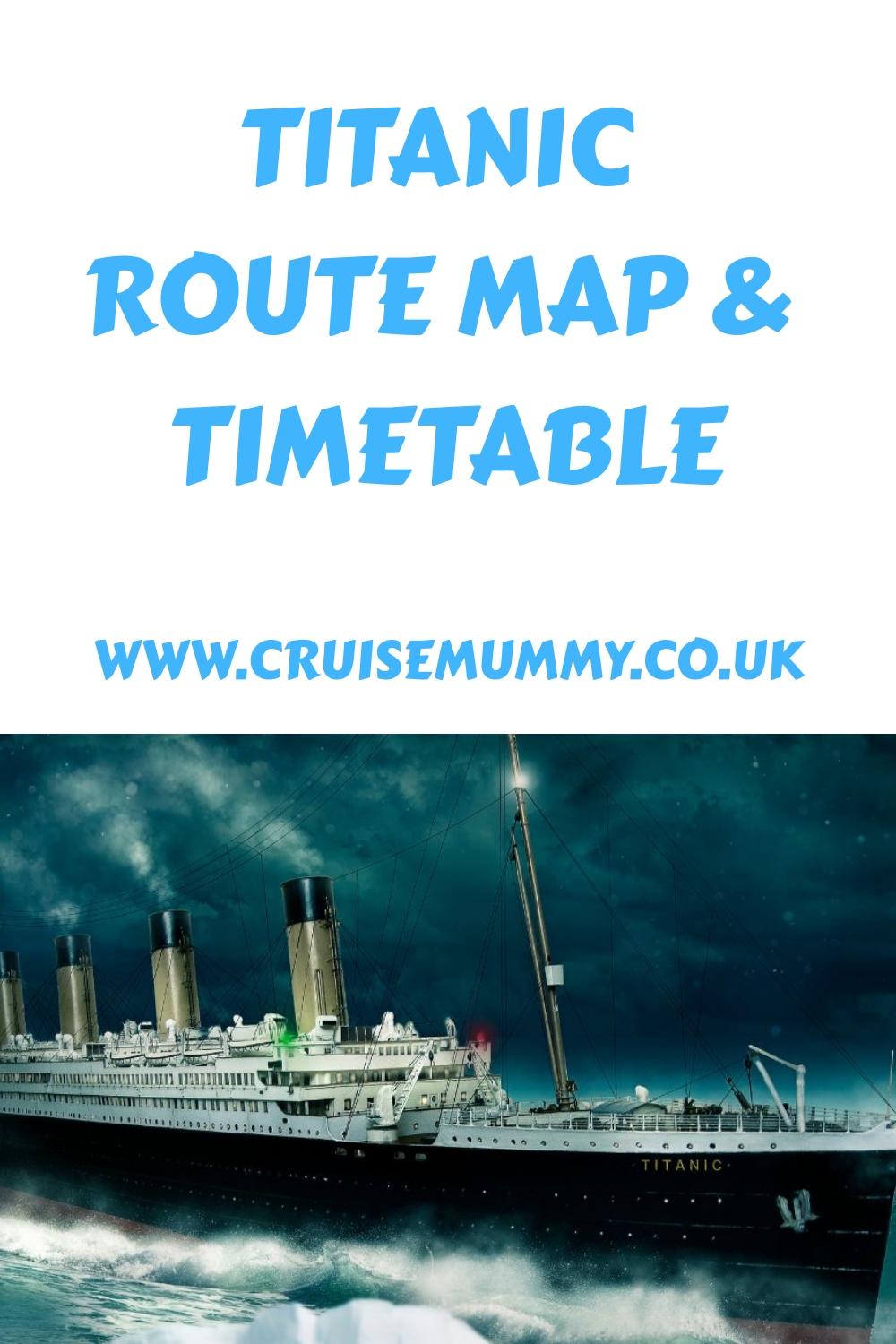We all know the story of the Titanic, and how she wasn’t able to complete her maiden voyage.
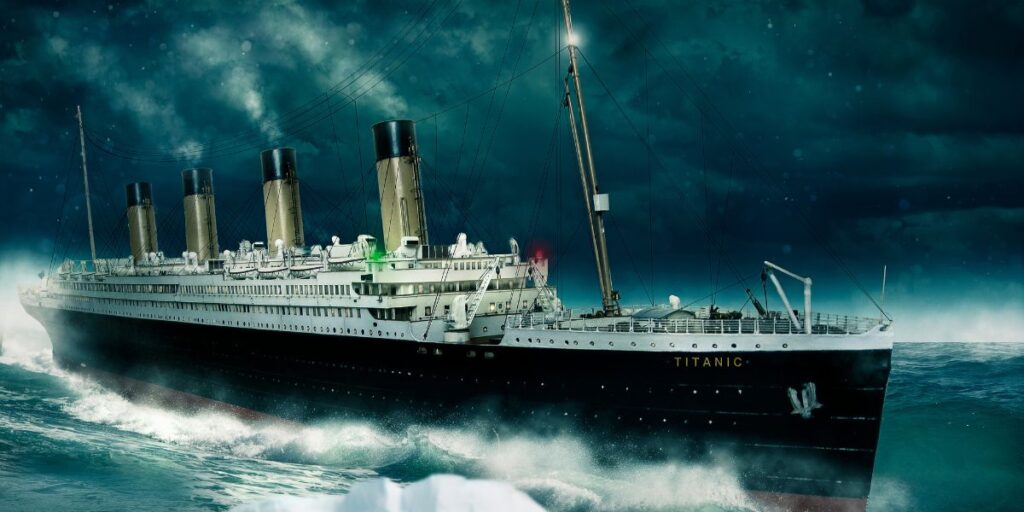
Or at least – we know the bare bones. We know she was ‘unsinkable’, and that she didn’t have enough lifeboats. But there’s so much more context to add, including the route that she was sailing.
What was the scheduled route for the Titanic, and how far into it did she get before tragedy struck? Let’s take a look.
What was the original route of the Titanic?
The original route of the Titanic on her maiden voyage saw her sail from Southampton to Cherbourg in France and then to Cobh in Ireland, before departing for New York. The total journey across the Atlantic would have been 2,893 miles, and the total journey overall around 3,284 miles.
The ship’s first sailing was from Belfast but that was just to relocate to Southampton, where the official maiden voyage would depart. After calling at Cherbourg and Cobh, the ship undertook a four-leg journey to get across the Atlantic.
The Titanic’s Journey Across The Atlantic
- Sailing 55 miles from the Queenstown waters of Ireland to Fastnet, an island in the Atlantic that’s home to the Fastnet Lighthouse
- Sailing a circle path from Fastnet to ‘The Corner’, a point in the Atlantic Ocean situated at 42°N, 47°W. This was the longest leg of the journey, with the Titanic sailing 1,622 miles
- A straight line course from The Corner to Nantucket Shoals, which would have been around 1,023 miles
- A final straight line to the Ambrose Channel, which marks the entrance to New York harbor – around 193 miles.
It was between steps 2 and 3 that the ship sank – around 1,250 miles from her final destination of New York. You can see the spot on the map below.
The majority of Titanic’s paying passengers for the sailing boarded in Southampton, but the calls in Cherbourg and Cobh did see some passengers board and disembark.
22 passengers got off the ship in Cherbourg, only boarding the Titanic to cross the English Channel. 274 passengers came on board the ship here.
In Cobh, just 7 passengers disembarked – most were on the ship for the full sailing. 123 passengers boarded the ship there.
The calls to Cherbourg and Queenstown (Cobh) were both tender visits – the ship was anchored off the shore, and tender boats (PS Ireland and PS America) ferried passengers to and from the shore.
Where did Titanic depart from?
The Titanic departed from Southampton on her maiden voyage, but she called at two ports before setting off on the last leg of her final sailing. Her final departure port was Queenstown (Cobh), from which she was sailing across the Atlantic Ocean.
The ship’s very first sailing was from Belfast where she had been built. She departed Belfast on 2nd April 1912 and sailed to Southampton, arriving on the 3rd April. She then stayed here for six days, including some time where the ship was opened for viewings (for a fee).
Where was Titanic headed?
The Titanic was headed to New York City on her maiden voyage when she sank. She was due to sail Transatlantic voyages between Southampton and New York on a regular timetable, but never completed her first journey.
In 1912, New York was the world’s busiest port. That was due to visitors from across the Atlantic, and also the huge number of immigrants that were moving to America to begin a new life. As a result, it was typically the destination port for most ships sailing across the Atlantic.
Map of Titanic Route
Here’s a map of the route that the Titanic took, showing the ports of call and the intended path of the ship towards New York:

Titanic Ports of Call
Here’s a look at the ports of call for the Titanic’s maiden voyage, including dates and times:
- Southampton – embarked on 10th April 1912 at around 12pm
- Cherbourg – arrived on 11th April 1912 at around 6.30pm. Departed at around 8pm.
- Queenstown (Cobh) – arrived 12th April 1912 at around 11.30am. Departed at 1.30pm
The ship was due to arrive in New York on 17th April 1912 but sank on 15th April.
The ports of call for the return journey were different – the ship was scheduled to sail from New York to Plymouth in Devon, before sailing down to Cherbourg in France and then returning to Southampton to complete the return leg.
How long was the Titanic route supposed to take?
The total cruise duration for the Titanic’s maiden sailing, from Southampton to New York, was scheduled to take 7 days. The first two days were sailing between the UK and France and then back to Ireland, with a 5-day Atlantic crossing completing the sailing.
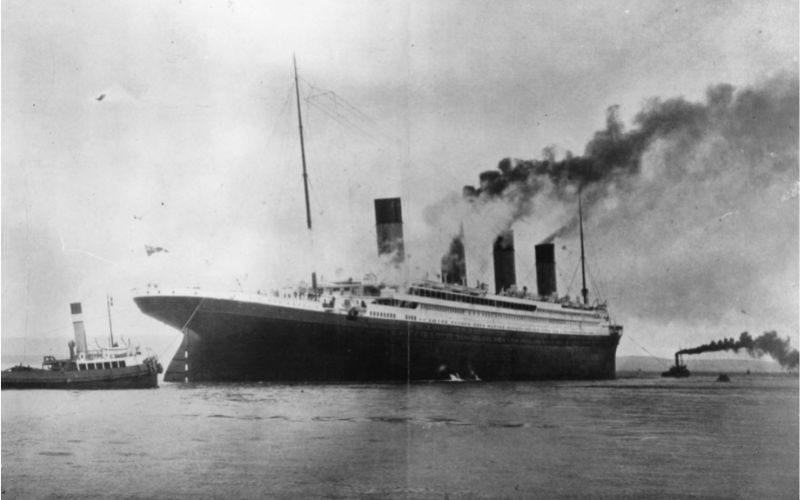
The Titanic was not designed to be the fastest ship on the ocean. Indeed, the Mauretania and Lusitania that were sailing for rival cruise line Cunard were both much faster, and could complete the journey in under five days.
There is a myth that one of the reasons Titanic sank was because the Captain was ignoring iceberg warnings to try and break the record for crossing the Atlantic but that’s simply not the case – the ship was never designed to break speed records.
She was instead designed to be a more luxurious option, even if that meant adding a day onto the schedule for the journey – speed was not the priority.
It was on the fifth day of the sailing overall – and the third day of the actual crossing of the Atlantic – that the ship sank. She departed Cobh on the 12th April, began to sink on the night of the 14th April, and fully sank in the early hours of the 15th April.
How far was the Titanic from its destination when it sank?
The Titanic was around 1,250 miles from its final destination of New York when she sank. The closest land at this point was Newfoundland in Canada, which was still 400 miles away.

The Titanic started to sink on the evening of 14th April 1912, and completely sank by around 2 am the following day – still around two and a half days from finishing her maiden voyage.
The fact that the ship was so remote at the time of her sinking was one of the major reasons there were so many casualties – the RMS Carpathia did manage to reach the site of the sinking and rescue those in lifeboats, but only by 4 am and even then that was with sailing at high speeds through risky waters.
Do ships still take the same route as Titanic?
Ships do still take the same route as the Titanic. Many cruise ships sail Transatlantic voyages from Southampton to New York, with some calling at France and Ireland en route. The actual route across the Atlantic still remains popular too as it is relatively direct.
Suggested read: How Long Is A Transatlantic Cruise?
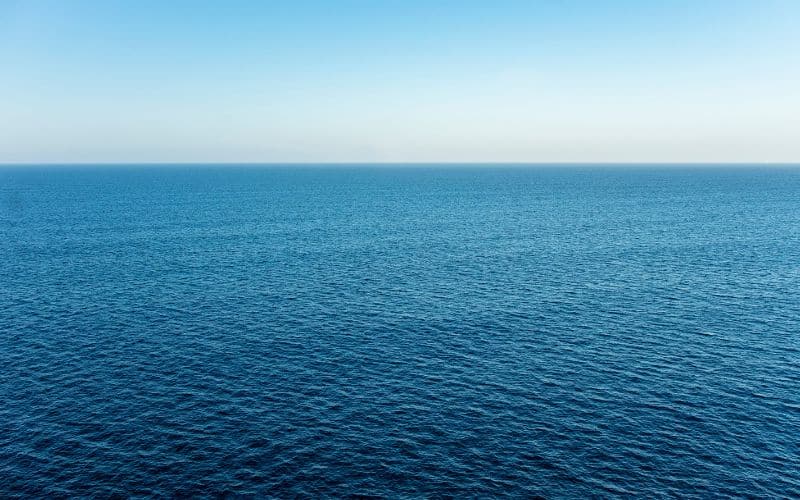
A lot of modern Transatlantic sailings are more direct between Southampton and New York too, while others may call at the Azores – the Portuguese archipelago in the Atlantic. This is generally done just to break up the sailing so that guests aren’t having too many sea days in a row.
Modern ships are better equipped to handle icebergs – so a repeat of the Titanic disaster is extremely unlikely. Modern tech allows for icebergs to be spotted from a much further distance, and modern shipbuilding techniques make them less of a risk too.
I attended a talk about how cruise ships navigate while I was onboard Fred. Olsen’s Bolette. The officer explained how cruise ships usually have six lookouts, who work in eight-hour shifts, two at a time. This is in addition to the modern computer technology that can detect icebergs.
Transatlantic cruises are very safe and many thousands of passengers sail on these cruises each year, whether as part of a repositioning cruise (where a cruise ship relocates for a season, often between the Caribbean in winter and Europe in the summer), or just as part of a regular Transatlantic cruise, often with Cunard.
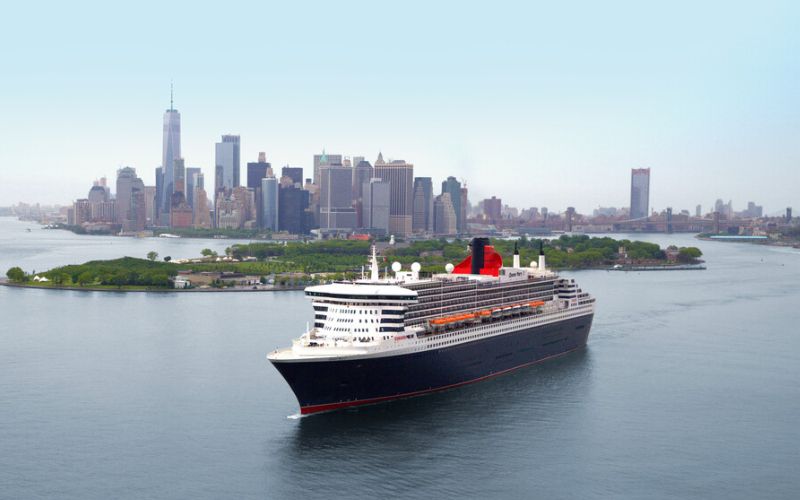
Final word
The Transatlantic route sailed by the Titanic is still used today by ships – although not always exactly the same in terms of ports of call. Passengers of modern Transatlantic cruises don’t need to worry about succumbing to the same fate as the Titanic though.
Modern technology and navigation techniques make it much easier to spot icebergs and avoid them, and crew are much more careful now than they were on the Titanic. Plus, even if there was an incident in the middle of the ocean, modern cruise ships are better equipped to deal with them, including having sufficient lifeboats.
So if you like the idea of a modern Transatlantic cruise, don’t be put off.
Related Topics
- Titanic Vs Olympic: 8 Key Differences
- Titanic’s Sister Ships: What Happened To Them
- The 10 Best Titanic Museums In The World
- Will The Titanic Ever Be Raised?
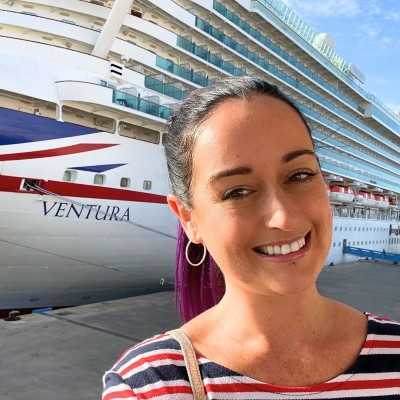
Jenni Fielding is the founder of Cruise Mummy. She has worked in the cruise industry since 2015 and has taken over 30 cruises. Now, she helps over 1 million people per month to plan their perfect cruise holidays.

